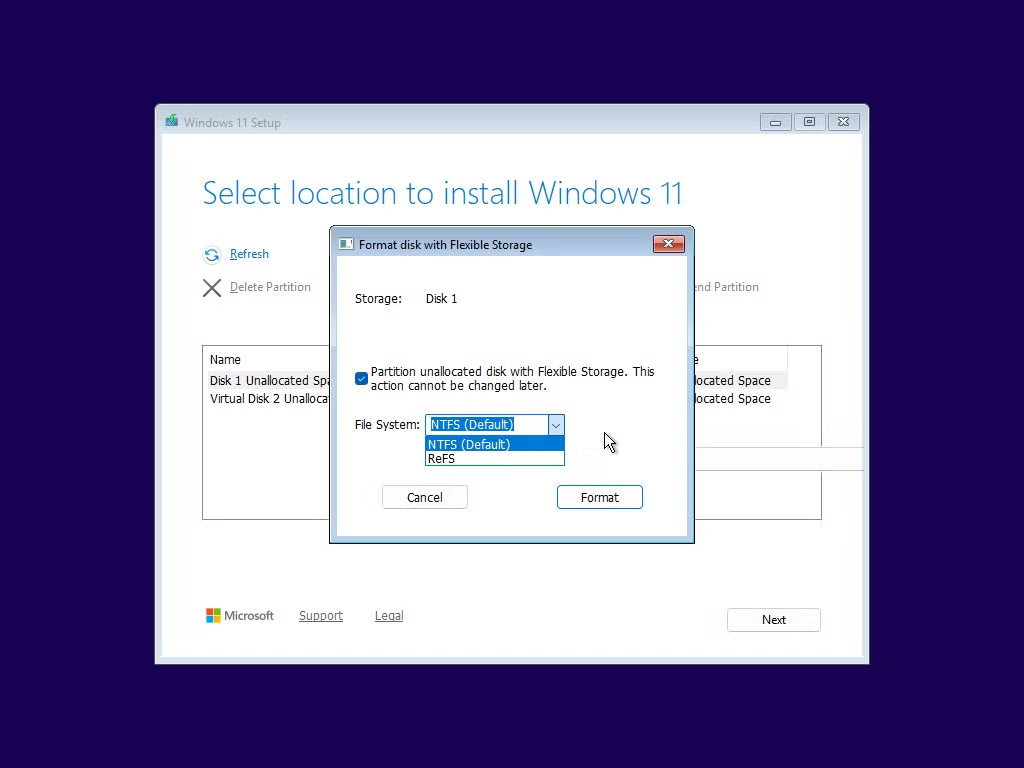Choose wisely! The correct answer, the explanation, and an intriguing story await.

Developed as the eventual successor to the long-standing NTFS (New Technology File System), first introduced with Windows NT 3.1 in July 1993, Microsoft’s new Resilient File System (ReFS for short, codenamed “Protogon”) made its debut in Windows Server 2012, the server counterpart to Windows 8.
ReFS was later added to consumer versions of Windows with the release of Windows 8.1 in October 2013, although its use was mostly limited to Storage Spaces (virtual drives) and it could not be used as a bootable partition. This limitation continued into Windows 10, as Microsoft concluded that ReFS was not yet ready to fully replace NTFS as the default file system.
ReFS introduced a wide range of improvements over its predecessor, including automatic integrity checking and data scrubbing, enhanced structural reliability, elimination of the need to run chkdsk, and support for longer file paths and filenames. It also significantly expanded capacity, supporting a maximum file size of 16 exbibytes (EiB) and a maximum volume size of 1 yobibyte (YiB) – vastly exceeding the limits of NTFS.
Though ReFS offers clear advantages for data integrity and scalability, as of today it remains primarily used in server and enterprise environments, especially in scenarios requiring large-scale data storage and resilience against corruption. Most recently it’s been added to Windows 11, though clearly the format isn’t designed for consumer use.
Source link